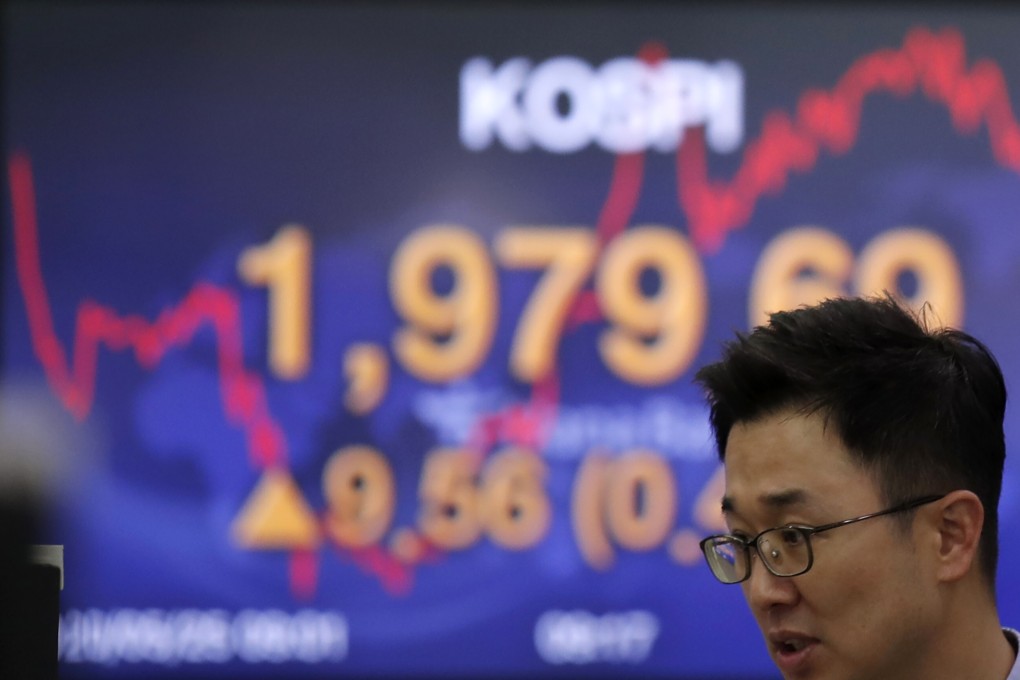Opinion | Asia’s economies are better together in battling the fallout from coronavirus
- Asian countries are facing an ‘Indiana Jones’ dilemma of whether to take on huge foreign debt to reboot their economies at the risk of a financial crisis
- This brutal trade-off can be managed if countries in the region work together

In 1984 Hollywood blockbuster Indiana Jones and the Temple of Doom, the film’s title character faced a tough decision. While crossing a rickety bridge over a crocodile-infested river, his young companion tripped and was left hanging on for dear life. If Indiana did nothing, the boy would fall to a gruesome death. But if he tried to cross the bridge to help him, the additional weight risked collapsing the entire structure.
But borrowing from abroad creates risks which could lead to a financial crisis. It’s a brutal trade-off, yet one that can be managed through regional cooperation.
This is one of the major recommendations of a new report from an eminent panel of regional economists called An Asian Strategy for Recovery and Reconstruction After Covid-19, which sets out an agenda for cooperation.

Emerging Asian economies have been hit on all sides by Covid-19. Collapsing exchange rates have inflated the size of their foreign debts while rising bond yields have seen the cost of servicing these debts increase, with the collapse of trade, commodity prices, tourism and investment also causing sources of foreign exchange to dry up.
These economies are not to blame for their predicament. Thanks to decades of reform, Asian financial systems are far more effective at managing risk than they were in the late 1990s, when much of the region was gripped by a financial crisis. Banks are well capitalised. Supervisory frameworks are stronger. Exchange rates are determined more by the market and better able to absorb shocks. Large current account imbalances have narrowed considerably. Macroeconomic stability has given Asian economies more monetary and fiscal policy freedom and independence.


